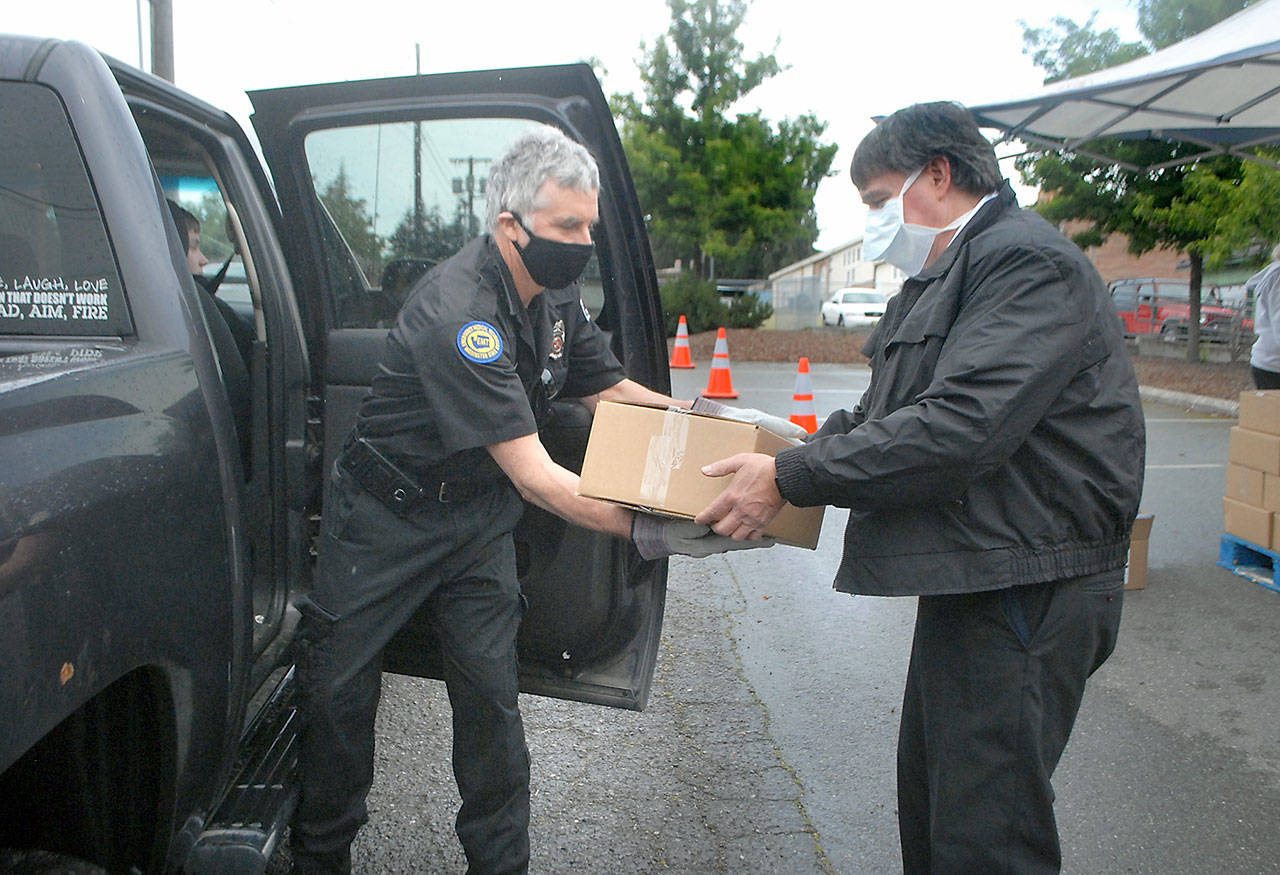Public health officials on the North Olympic Peninsula have started planning for the two counties to enter Phase 3 of Gov. Jay Inslee’s “Safe Start” plan as both become eligible in the next two weeks as long as no major COVID-19 outbreaks occur.
Each county has to be in Phase 2 for three weeks before becoming eligible to apply to enter Phase 3.
The earliest Jefferson County could enter would be Saturday, June 13, and the earliest for Clallam would be Thursday, June 18, said Dr. Tom Locke, Jefferson County health officer.
Both counties are planning to wait a little longer past their initial eligibility, health officials said.
Locke does plan to have a recommendation prepared for Phase 3 by the end of this week. However, Clallam County Health Officer Dr. Allison Unthank plans to make a decision closer to June 22, the three-week mark of both counties resuming Phase 2 activities.
“I want to give it the full three weeks of opening so the data is there,” Unthank said in an interview Monday. “We want to be as ready as possible beforehand.
“I don’t think it would be responsible until we have the data.”
There were no additional confirmed cases of COVID-19 in either county Monday.
A Tuesday (June 9) update showed no additional positive COVID-19 cases in Clallam County, with 27 confirmed cases, 26 cases recovered, 2,898 negative test results and 41 tests pending.
Jefferson County held at 31 confirmed cases, with 30 cases recovered as of Monday’s count, according to the Jefferson County Public Health website.
In Clallam County’s Monday update, Unthank said anyone who has any symptoms can get tested by calling their health care provider. She said most insurers should cover the test, but some may not if people aren’t showing any symptoms.
She said if anyone who has symptoms is having trouble getting a COVID-19 test, they can contact the county health department’s hotline at 360-417-2430.
Jefferson County resumed some Phase 2 activities about a week before Clallam did, but this marks the second week that both counties have been in Phase 2 with the exception of overnight camping.
The process to enter Phase 3 is similar to the Phase 2 process, where the county health officer will make a recommendation for the county to move into the next phase, and then the recommendation will go to the county Board of Health, which will either accept it or make modifications.
Once the Board of Health approves it, the application would go before county commissioners or a county executive for a final yes/no vote, but the application can not be changed at that time.
After the final county approval, the application would be sent to the state Secretary of Health for final approval.
For the Phase 2 application, both counties were approved within 24 hours. However, now that the state has adopted a county-by-county approval process, Locke expects the application review might take a couple days.
Both counties have a Board of Health meeting next week. Clallam County’s will be at 1:30 p.m. Tuesday, June 16, and Jefferson County’s will be at 2:30 p.m. Thursday, June 18.
At the Clallam Board of Health meeting, Unthank will recommend that overnight camping be resumed in the county, and if the Board of Health approves that recommendation, it would also open overnight camping in Jefferson County.
Locke does plan to have a Phase 3 recommendation sent out by the end of this week for the Board of Health and county commissioners to review before the meeting next week.
During the Monday morning briefing Locke conducted with the Board of Jefferson County Commissioners, the board instructed county staff to work with officials in both Kitsap and Clallam counties to synchronize the Phase 3 applications, so the region would open at the same time, to help spread the amount of services and activities available.
Unthank said she agreed a regional approach is a “good idea.”
Phase 3 would allow for gatherings of up to 50 people, restaurants to allow up to 75 percent seating capacity, movie theaters to open at 50 percent capacity, and libraries and museums to open up, according to the “Safe Start” plan.
“Phase 3 is a lot more of a sustainable level,” Locke said. “We are not going to get to Phase 4 until there’s a vaccine.
“When we get to Phase 3, that’s probably where we’re going to stay.”



